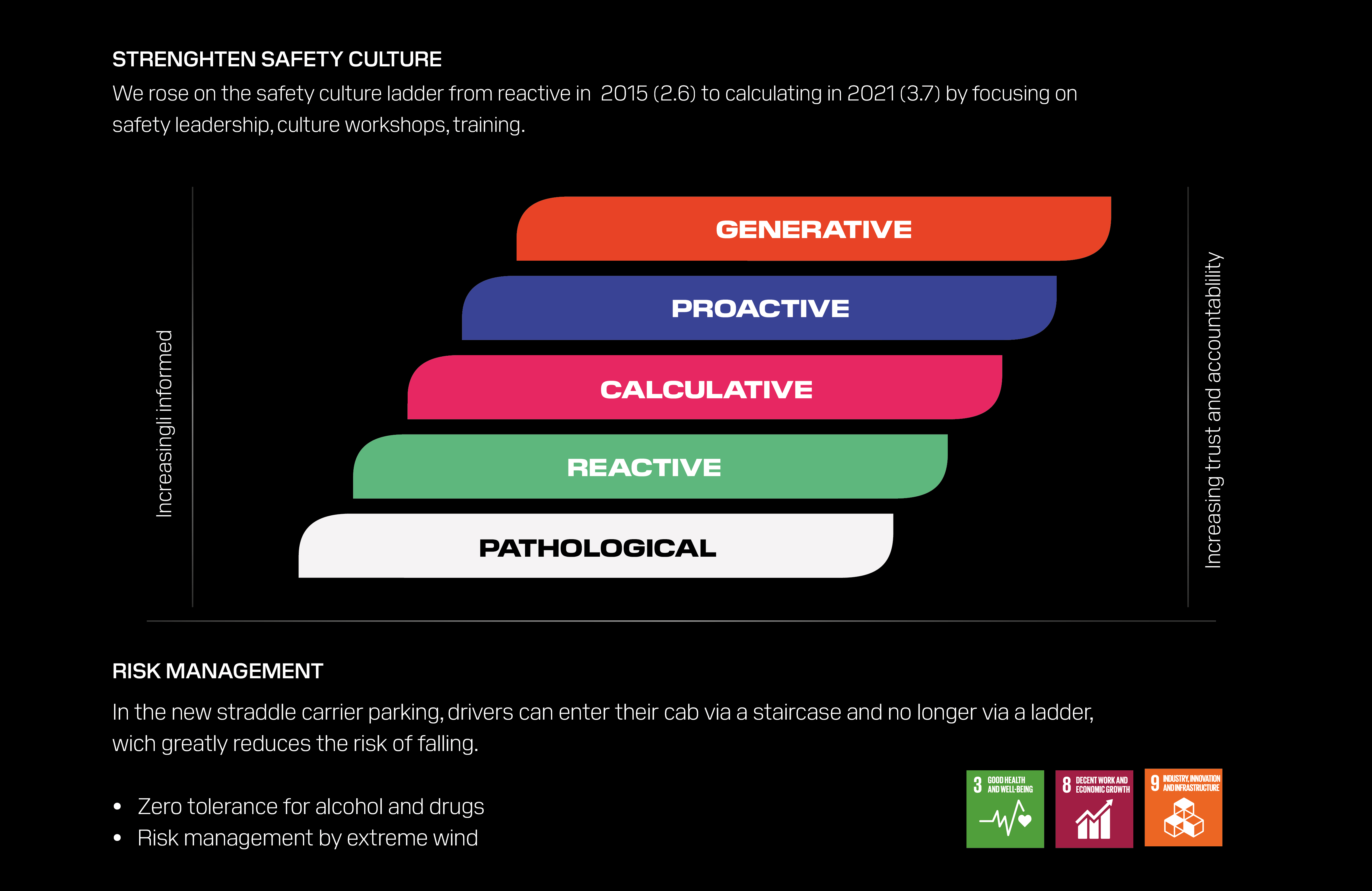-
- Global
- Algeria, Djazair
- Angola
- Argentina
- Australia
- Austria
- Belgium
- Brazil
- Canada
- Chile
- China
- Colombia
- Cyprus
- Czechia
- Dominicana
- Ecuador
- Egypt
- EU Intermodal
- Germany
- Hong Kong
- Hungary
- India
- Indonesia
- Italy
- Malaysia
- Mexico
- Mozambique
- Netherlands
- New Zealand
- Pakistan
- Panama
- Peru
- Philippines
- Poland
- Romania
- Rwanda
- Saudi Arabia
- Senegal
- Serbia
- Singapore
- Somaliland
- South Korea
- Suriname
- Thailand
- Turkiye
- United Arab Emirates
- Ukraine
- United Kingdom
- USA
- Vietnam
-
Menu
-
About Us
Related content
![relatedcontent]()
Who We Are
DP World is the leading provider of smart logistics solutions, enabling the flow of trade across the globe.
Read More![relatedcontent]()
Investing in Growth
By 2025 DP World will invest almost 200 million euros to boost Antwerp Gateway’s capacity by a third up to 3.4 million TEUs.
Read More -
Services
Related content
![relatedcontent]()
Antwerp Gateway
Located at the upper end of the tidal estuary of the Scheldt, DP World Antwerp Gateway has excellent nautical access for the largest container vessels afloat.
Read More![relatedcontent]()
Empty Depot Services
Our off dock empty depot at the left bank of the river Scheldt offers a broad range of container services to Antwerp Gateway customers, such as storage, maintenance and repair.
Read More - Connectivity
-
Smart Trade
Related content
![relatedcontent]()
Route 1700 app
The Route 1700 app makes truck visits at DP World Antwerp easier. Truckers and dispatchers can check our busiest times and view current activity, traffic & other appointments. Truckers can plan their visit, according to their schedule.
Read More -
Sustainability
Related content
![relatedcontent]()
Our Approach
DP World’s ‘Our World, Our Future’ sustainability strategy helps us to work in a responsible way that prioritises sustainability and impact on the people, communities and environment...
Read More![relatedcontent]()
Sustainability Report
We are dedicated to sharing what we do with our customers, suppliers and partners to encourage sustainable practice.
Read More
Sustainability Report
-
CEO Interview
-
About us
-
CSR Strategy
- Environment subnav
- Safety subnav
- People subnav
- Society subnav
-
GRI
Safety culture
The Hearts & Minds method is an international, low-threshold, concrete method provides insights into the safety experience and safety awareness of employees by means of a personal interview. The score is reflected in a “cultural ladder” consisting of five steps, ranging from pathological to progressive.
A step up the safety ladder
From reactive in 2015...
A culture measurement carried out by Avans University of Applied Sciences in 2015 lead to an overall score of 2.6, which corresponds to a reactive safety culture. In this phase, a reaction is only triggered when an occupational accident occurs. Changes in behavior are often short-lived. Underlying this was a significant difference in cultural perception between managers and executive staff, who were in the calculative and reactive phases respectively. Following that result, we set ourselves the goal of bringing all employees to the calculative step of the ladder by 2021.
Various efforts in recent years were taken to improve the score:
- culture workshops with chief foremen and foremen of the Technical department
- training (e.g. concerning legal responsibilities of the hierarchical line)
- focus on (safety) leadership
- ...
... to calculative in 2021
The impact of these initiatives became visible when the latest culture measurement was carried out in 2021 by Dorien Vissers, CEPA safety culture officer. More than 240 employees from different job categories, shifts, and terminals (Antwerp Gateway, Empty Depot Services, and Hupac) were surveyed. We achieved an overall result of 3.73, so we climbed one step higher on the cultural ladder and achieved our objective! Progress was seen within each target group and the lowest score also fell within the calculative phase. Within each of the 18 dimensions, progress was made in comparison to the previous measurement. The biggest improvements were in post-incident actions, engagement, safety meetings, and statistics.

The biggest improvements were in
- post-incident actions
- engagement
- safety meetings
- statistics
The insights gathered were incorporated into an improvement plan. In the coming years, there will be a strong focus on leadership, engagement, and risk reduction.
Some quotes about DP World's safety culture
“Partly due to initiatives to strengthen the hierarchical line, DP World has taken a step towards a calculative safety culture. For example, everyone from the port and company management followed the VOOM+ training programme. This enabled them to engage in a joint dialogue on safety priorities, ensuring that safety remains high on everyone’s agenda.”
Dorien Vissers, CEPA safety culture officer
“Top management must ensure that the resources and tools are in place and is responsible for ensuring that accidents do not occur. Behaviour always plays a role and there is always some risk, but we all have a responsibility to work on safety."
An executive committee member during the safety culture interview
“Lashers go onto cranes in pairs and have to ensure that they stay four containers away from the crane. They whistle to each other. They keep an eye on their buddy, basically.”
A lashing and securing foreman during the safety culture interview











